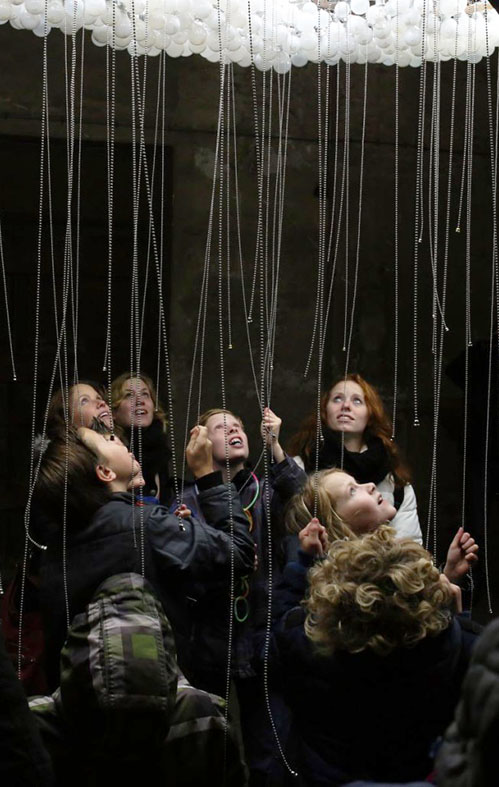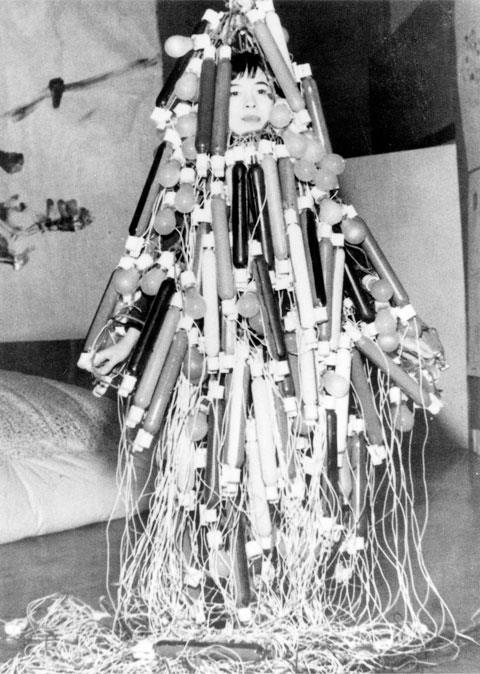
fabric | ch
Perpetual (Tropical) Sunshine
Perpetual (Tropical) Sunshine is an architectural, climatic and temporal installation. Thanks to a “screen” composed of several hundred infrared light bulbs, Perpetual (Tropical) Sunshine retransmits the journey and intensity of the sun as perceived on the 23rd parallel south, according to information transmitted live by weather stations all around the Tropic of Capricorn. Perpetual (Tropical) Sunshine thereby creates a displaced architectural space, which confronts the visitor with an abstract form of day and endless summer. It represents the increasingly artificial nature of our environment and suggests a form of “static mobility” or “displaced tropicality”.











